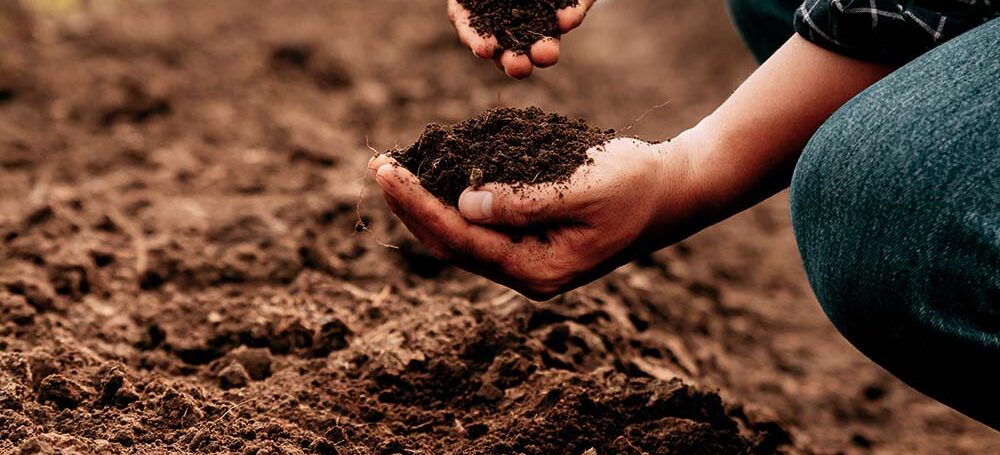Productive = healthy
Productive soil is healthy soil.
If farmed soil is not productive, it needs help. The soil health equation doesn’t need to be more complicated than that.
Cornell University, in its Comprehensive Assessment of Soil Health, provides a long list of potential soil health indicators, including 17 physical, 11 biological and 15 chemical. Physical indicators include texture, available water holding capacity and wet aggregate stability. Biological indicators include root pathogen pressure, microbial respiration rate and active carbon. Chemical indicators include macro and micronutrients, pH and salinity.
The Soil Health Institute in North Carolina whittled the list down to four soil health indicators:
- Soil organic carbon concentration
- Carbon mineralization potential
- Wet aggregate stability
- Available water-holding capacity
Some think we should agree on those four and move on. But Jacqueline Hannam, U.K. soil scientist and president of the British Society of Soil Science, has a problem with one particular indicator.
“The list is a good start but, for example, we have productive or healthy soils that have a low water-holding capacity,” she says. Sandier soils ideal for growing nice-shaped vegetables might not be “healthy”, per this definition, because they don’t have high water-holding capacity.
David Lobb is a soil scientist and professor of landscape ecology at the University of Manitoba. Lobb is also heavily involved in international discussions and hand-wringing about soil health. He is currently vice chair of the Food and Agricultural Organization of the United Nation’s (FAO) Intergovernmental Technical Panel on Soils. FAO members as well as politicians, farmers and media really want a simple definition of soil health, he says. But everyone wants a different definition and no one agrees. It goes around and around in circles.
Lobb is frustrated to the point where he doesn’t even want people using the term “soil health”, He wouldn’t let me say it during a July visit to his department at the university. I had to sneak away from him to ask one of his colleagues about soil hea–… I mean, umm, you know.
Lobb has settled on two metrics: soil organic carbon and crop growth. Soil carbon is a good indicator of soil organic matter and soil “life”. And if we can measure and improve soil carbon, farmers can get paid for soil carbon increases. But the key general indicator, he says, is crop growth. If a piece of land can produce crops as well or better than it did in the past, that soil is healthy. If productivity starts to decline, the soil may have issues.
We have a lot of eroded hill tops on the Prairies. A lot. Productivity on those hill tops can be very low. Lobb is a big proponent of moving soil from low areas back to the high ground from which it came. That can fix hill top productivity in a way that would take decades using any other method, he says.
Jim Tokarchuk, executive director of the Soil Conservation Council of Canada, gives an A+ to the Senate of Canada’s new report Critical Ground: Why Soil is Essential to Canada’s Economic, Environmental, Human and Social Health. He likes how the report draws attention to the value of soil, acknowledges regional differences and recommends an economic and social lens for policies and programs.
I called Tokarchuk to see what an extension-minded person like me could do to help. The problem, he says, is that the world, and even Canada, has hundreds of different “healthy soils”. That means no consensus on healthy parameters and therefore no consensus on how to measure soil health. The conundrum, Tokarchuk says, is how to explain soil health to landowners in a way that makes sense. And in a way that will inspire action today while politicians and planners around the world dance around a definition. “Measurement is critical,” Tokarchuk says. He agrees with Lobb that the simplest measure is the ability for an area of soil to produce biomass and crop yield. And, he adds, taking Lobb a step further, for soil to produce that yield profitably.
Tokarchuk says the best thing we can do to preserve the productivity of Canadian soils is to identify those areas within a field or farm where productivity and profit potential are low, figure out the root cause or causes, and take action to fix the problem. If the fix is not economical, put those acres into long-term forage or trees.
Productive soil is healthy soil. If farmed soil is not productive, it needs help.





